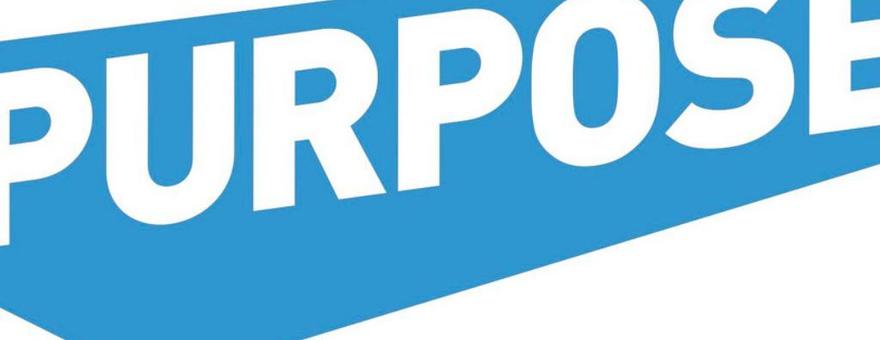Instructors can have a vexed relationship with the quantity of writing students produce. In the same course, even the same assignment, students can produce vastly different quantities of words. Some longer documents will be well detailed, rich, and thoughtful, while others may contain tangents and filler. Some shorter documents will be clear, concise, and complete, while others may lack critical details, appear incomplete, or seem glib. How can faculty encourage writing that is well detailed and sophisticated, yet compact and concise?










Posted by Matthew Luskey // // 0